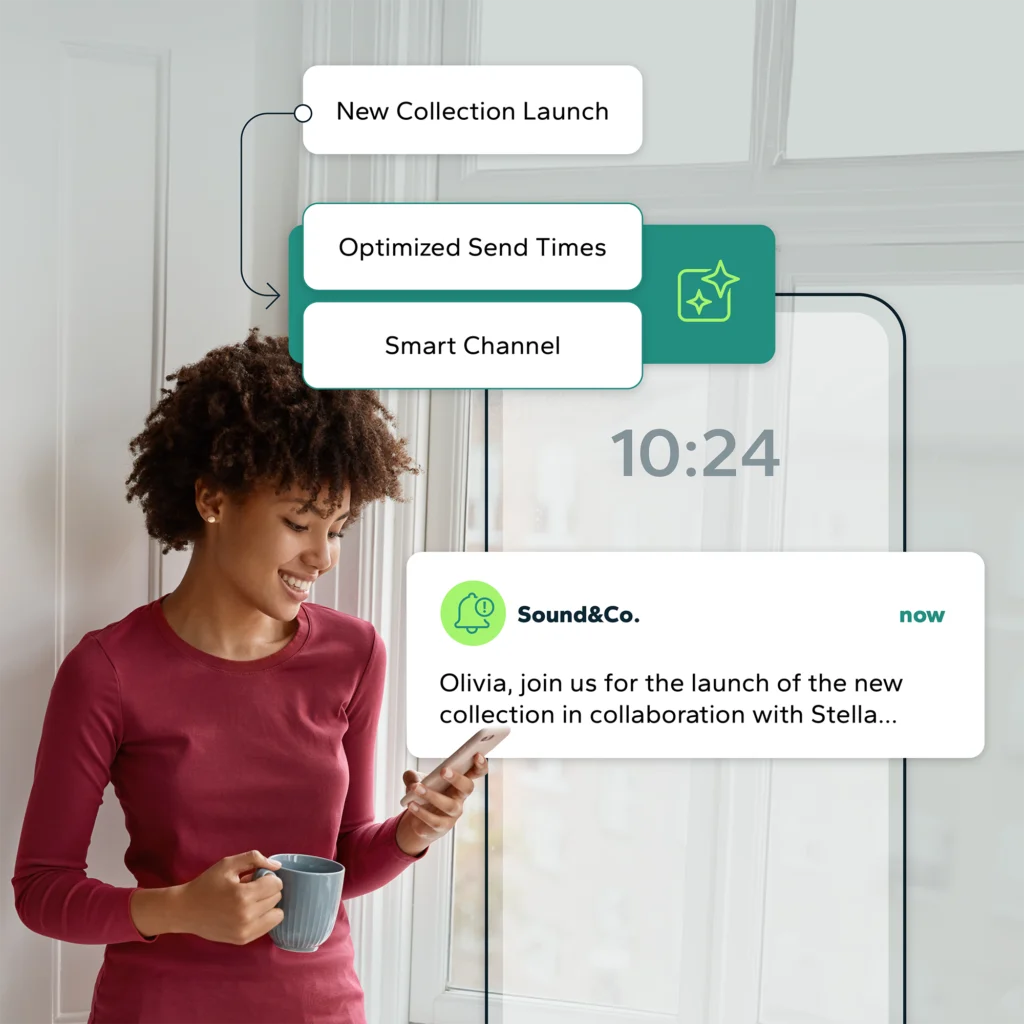Email frequency is something that your subscribers care about. A lot.
The number of emails sent over a period of time can have a significant impact on your revenue and on your engagement rate. Unfortunately, sending more emails doesn’t always lead to more revenue. Too much commercial pressure is the number 1 reason why people unsubscribe from promotional emails[i]. So how do you determine the optimal email frequency?
The consequences of an email frequency that’s too high or too low
Sending too many emails can negatively impact your results:
- Loss of interest and decline in engagement rate
- Increase in unsubscribe rate
- Increase in spam complaint rate
- Delivery issues related to high complaint rates
- Negative perception of the enterprise
Not sending enough emails can also have negative effects:
- Missed revenue opportunities
- Increase in the complaint rate due to people forgetting their subscriptions
- Go unnoticed in the inbox
- Increased risk of falling into a “spam trap”
From the marketer’s point of view
According to a study by the Data & Marketing Association[ii]:
- 61% of marketers send between 1 and 3 emails per month
- 17% send 4 or 5 emails per month
- 16% send more than 6 emails per month.
From the client’s point of view
A survey by Marketing Sherpa shows that 86% of respondents prefer to receive promotional emails at least once a month while 15% would like to receive an email per day[iii].
How to determine the ideal email frequency
Compare yourself to the competition
Look at your competitors. How many emails do they send per week? Per month? This does not mean that you are going to copy blindly their strategy but it should act as a benchmark for you to determine your ideal frequency. If you send a lot less than your competitors, you are probably missing out on opportunities. If you send a lot more, you might consider decreasing the number slightly to see the impact on your engagement rate.
Analyze your statistics
Also, analyze your spam complaint and unsubscribe rates. If they are very high, you may be sending too many emails. Feel free to ask people why they are leaving on your unsubscribe page.
Make adjustments according to the nature of your products and services
The number of emails sent will depend largely on what you offer. For example, if you sell snowblowers, you will certainly send more emails in winter than in summer. On the other hand, if you are a media company, you may want to communicate your news on a daily basis.
Give the subscriber the choice
During subscription or through a preferences form, ask your contact how often they want to receive your communications.
Make adjustments for different segments
Perform tests on different segments of your list. For example: new vs. old subscribers, millennials vs. generation X and Y, clients vs. prospects. If you find that the open rate is lower for a particular segment, decrease the frequency.
Make adjustments based on the engagement
Calculate the engagement level of each contact based on his/her actions (website visit, email openings and clicks, purchases, etc.) then adjust your email frequency accordingly. You can also trigger automated emails directly based on the contact’s actions. Thus, those who engage the most will receive more emails and the others less.
As you can see, there’s no magic number to shoot for when it comes to the ideal email frequency for all. Believe me, I wish there were. But by following these tips, you should be able to hit the email frequency sweet spot for your enterprise and subscribers. Got a method to share? Please share your tips in the comments section!
[i] https://www.marketingsherpa.com/article/chart/why-consumers-unsubscribe
[ii] https://dma.org.uk/article/2016-marketer-email-tracker
[iii] https://www.marketingsherpa.com/article/chart/how-customers-want-promo-emails






